
The Film I Didn't Produce: Charlie Shackleton's Zodiac Killer Project Unveils True Crime Secrets
Charlie Shackleton, director of the Zodiac Killer Project, has a passion for films that explore both the strengths and weaknesses of cinema.
His debut film in 2014, Beyond Clueless, examines the impact of teen movies. In 2016, Paint Drying, a portrayal of paint drying created as a protest against censorship, became a sensation on Letterboxd as viewers started using their reviews to share personal updates. His 2021 work, The Afterlight, composed of footage of deceased actors from older films, is presented on a single print that deteriorates with each showing.
The new Zodiac Killer Project scrutinizes true-crime documentaries by revealing the techniques and tropes that lead us to believe in a person's guilt. It is filled with what Shackleton refers to as “evocative B-roll” — including images of crime-scene tape, a single footprint, pooling blood, and incriminating buildings. In the following piece, he discusses the origins of the film, which premiered at Sundance in January.—M.M.
Zodiac Killer Project employs what Shackleton describes as “evocative B-roll,” some of which is intentionally misleading, to expose the strategies of the true crime genre. Music Box Films
My initial and only attempt to produce a true crime documentary abruptly ended in 2022 when the rights negotiations for a book titled The Silenced Badge: The Zodiac Killer Cover-Up fell through. The memoir by former California Highway Patrol officer Lyndon Lafferty chronicles his persistent quest to seek justice against the notorious killer — or at least his preferred suspect.
While the gruesome details of the case are public knowledge, it became impractical to adapt Lafferty’s story for the screen without the rights to his book, which contains dramatic elements unique to his account. Consequently, I decided to set the project aside, placing it in a folder on my laptop already filled with other abandoned films that never materialized due to insufficient funding, lack of interest, or basic coherence.
However, I couldn’t shake my fixation on the unrealized concept, envisioning imagined scenes in my mind, and soon found myself sharing them with friends at various pubs throughout London. Before long, the simple question, “How have you been?” would reliably lead me to narrate in vivid detail the climactic moments from a true crime documentary that I would never actualize.
A parking lot in Zodiac Killer Project. Music Box Films
Eventually, I realized that this peculiar tendency to describe a non-existent film might itself serve as a compelling film subject. I concluded that if it could sustain a feature-length runtime, it would effectively be a reflection of the documentary I never got to produce: a real-time recounting of every narrative transition and emotional nuance—minus, of course, the proprietary plot points I couldn’t legally include. In essence, it would be the framework of a true crime documentary without any actual content.
This idea became the foundation for my new film, Zodiac Killer Project, which, for better or worse, essentially consists of 92 minutes of me detailing a true crime documentary in a meticulous manner.
From the outset, it seemed clear that the film would predominantly feature my voice, as I had been rehearsing the narration over drinks for months.
What was less certain was what visuals would accompany my narration. What does the absence of a film actually look like?
More evocative B-roll in Zodiac Killer Project. Music Box Films
I recalled a research trip to Vallejo, the small city in the Bay Area where the Zodiac Killer's crimes occurred. After reading about the area in numerous true crime books and articles, and seeing it depicted in David Fincher's 2007 film on the case, I arrived feeling an uneasy anticipation.
One of the common notions in the true crime genre is that locations where such horrific acts happen are forever affected by them, and I expected to feel an unsettling atmosphere.
However, I discovered a place much like any other, with diverse communities trying to shape its identity and numerous residents leading their daily lives, largely oblivious to events from fifty years prior. During the ride from the airport, my cab driver admitted he had never heard of the Zodiac Killer, before excitedly listing various rappers who had hailed from Vallejo.
Working with my cinematographer, Xenia Patricia, this experience shaped the film's visual style: not to evoke the dark atmosphere typical of true crime documentaries but to confront the mundane reality behind such narratives.
As carefree individuals walked through supposedly “sinister” alleyways and car stereos blared in “deserted” parking lots, we simply filmed what was present: the everyday blank slate onto which the true crime genre projects its interpretation of reality.
Zodiac Killer Project is set to be released in theaters on November 21, from Music Box Films.
Main image: Charlie Shackleton, director of Zodiac Killer Project.
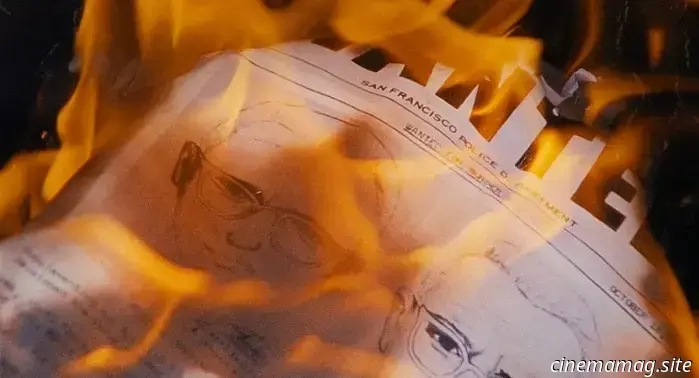


Other articles
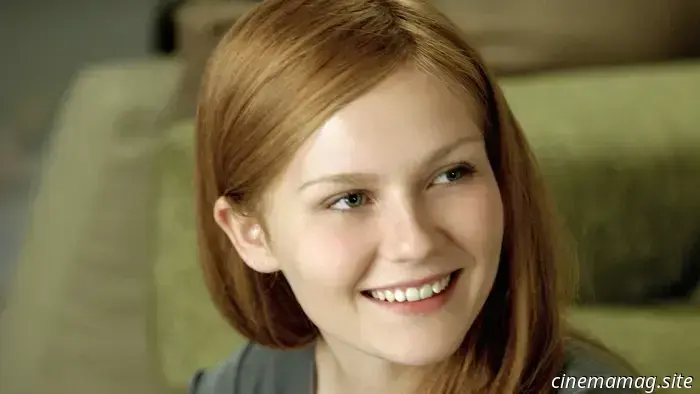 12 Sequels That Outshine Their Original Films
Here are 12 sequels that surpass the original films.
12 Sequels That Outshine Their Original Films
Here are 12 sequels that surpass the original films.
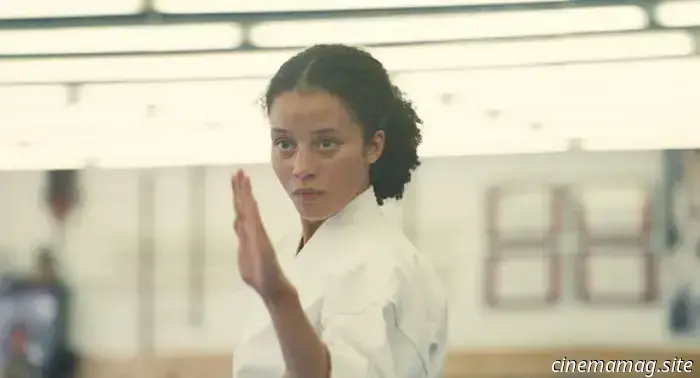 New to Streaming: One Fight After Another, New Wave, Roofer, Eddington, and More
Every week, we showcase the significant titles that have recently become available on streaming services in the United States. Take a look at this week's picks below and previous compilations here. The Crisis (Jordan Wolfson) In this amusing video from his mid-twenties, contemporary artist Jordan Wolfson (represented by David Zwirner, Tate Modern, and The Whitney) reflects on art while touring a medieval cathedral.
New to Streaming: One Fight After Another, New Wave, Roofer, Eddington, and More
Every week, we showcase the significant titles that have recently become available on streaming services in the United States. Take a look at this week's picks below and previous compilations here. The Crisis (Jordan Wolfson) In this amusing video from his mid-twenties, contemporary artist Jordan Wolfson (represented by David Zwirner, Tate Modern, and The Whitney) reflects on art while touring a medieval cathedral.
.jpg) 4K Ultra HD Review – Nobody 2 (2025)
Nobody 2, set to be released in 2025, is directed by Timo Tjahjanto. The film features a cast that includes Bob Odenkirk, Connie Nielsen, Christopher Lloyd, John Ortiz, RZA, Sharon Stone, Colin Salmon, Colin Hanks, Gage Munroe, and Paisley Cadorath. SYNOP…
4K Ultra HD Review – Nobody 2 (2025)
Nobody 2, set to be released in 2025, is directed by Timo Tjahjanto. The film features a cast that includes Bob Odenkirk, Connie Nielsen, Christopher Lloyd, John Ortiz, RZA, Sharon Stone, Colin Salmon, Colin Hanks, Gage Munroe, and Paisley Cadorath. SYNOP…
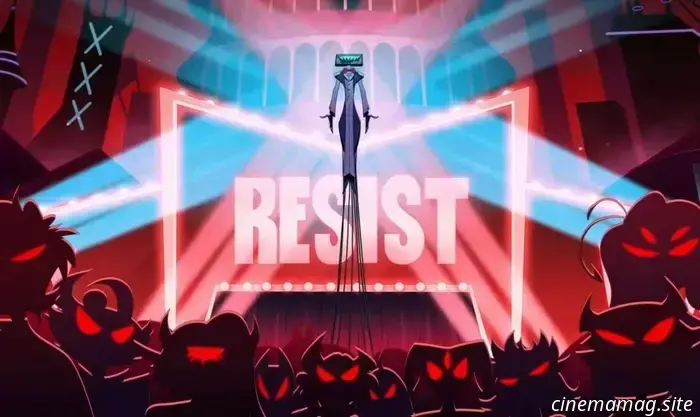 Hazbin Hotel Temporada 2 Episodio 5 Reseña – ‘Silenciado’
Ricky Church evaluates the fifth episode of Hazbin Hotel's second season… As we enter the second act of Hazbin Hotel’s second season, the stakes have significantly increased…
Hazbin Hotel Temporada 2 Episodio 5 Reseña – ‘Silenciado’
Ricky Church evaluates the fifth episode of Hazbin Hotel's second season… As we enter the second act of Hazbin Hotel’s second season, the stakes have significantly increased…
 Art Relies on the Audience: Paul Mescal Discusses Hamnet
Robert Kojder speaks with Paul Mescal, the star of Hamnet… At this stage, if Paul Mescal is featured in a movie, it's advisable to take some tissues to the cinema. You're bound to shed tears; there's no chance of...
Art Relies on the Audience: Paul Mescal Discusses Hamnet
Robert Kojder speaks with Paul Mescal, the star of Hamnet… At this stage, if Paul Mescal is featured in a movie, it's advisable to take some tissues to the cinema. You're bound to shed tears; there's no chance of...
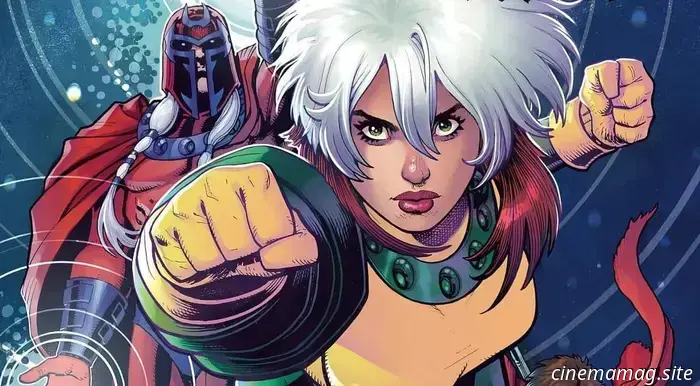 Comic Book Sneak Peek – X-Men of Apocalypse #1
X-Men of Apocalypse #1 will be available at comic book stores and digital platforms on Wednesday, and you can check out a preview of the issue below, brought to you by Marvel Comics... THE...
Comic Book Sneak Peek – X-Men of Apocalypse #1
X-Men of Apocalypse #1 will be available at comic book stores and digital platforms on Wednesday, and you can check out a preview of the issue below, brought to you by Marvel Comics... THE...
The Film I Didn't Produce: Charlie Shackleton's Zodiac Killer Project Unveils True Crime Secrets
Charlie Shackleton, the director of the Zodiac Killer Project, has a passion for movies that explore the influence and constraints of cinema.
